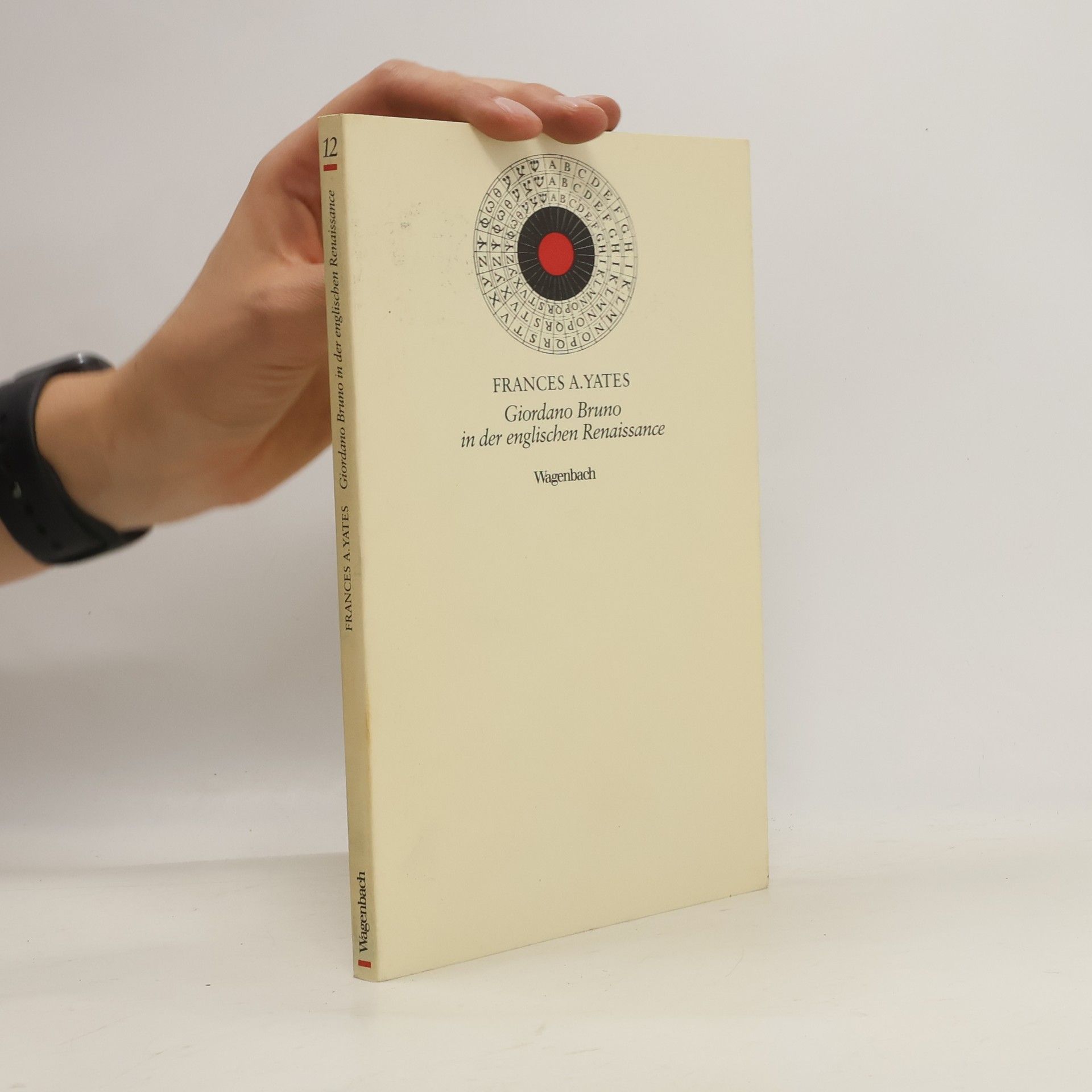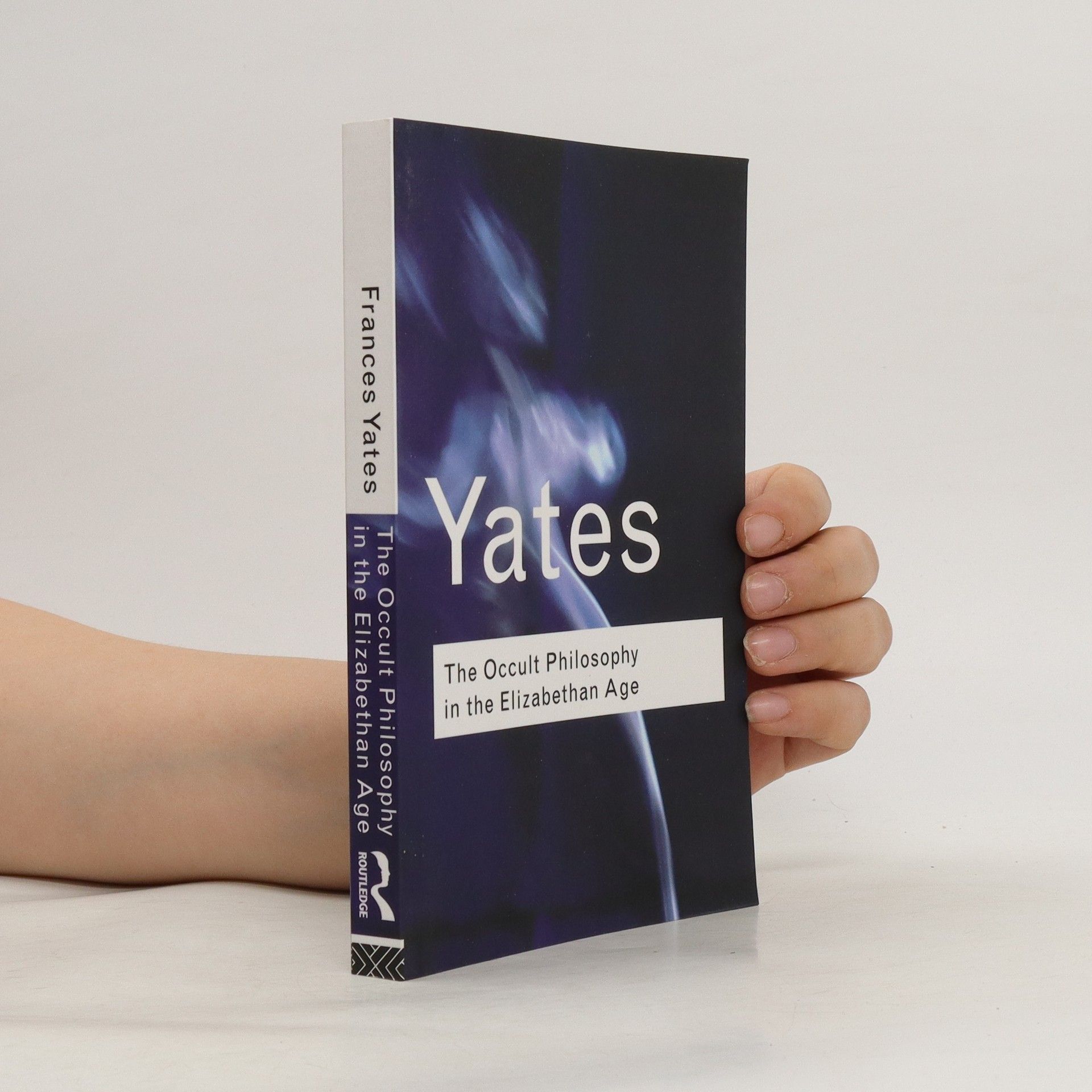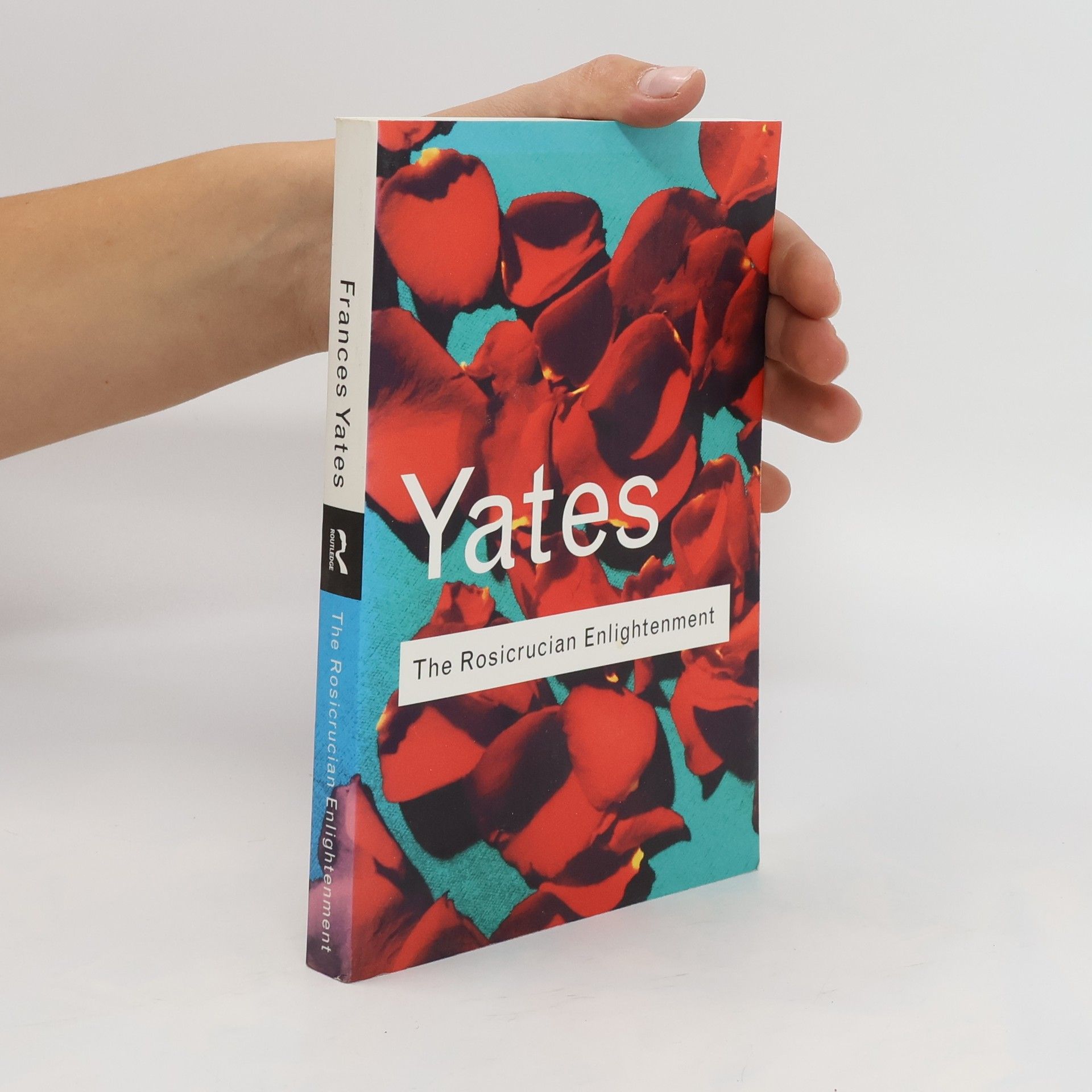In 1600 the renegade philosopher and theologian Giordano Bruno was burnt at the stake in Rome. One of the most notorious figures of his times, his crime was to preach a doctrine of brotherhood, peace and free love. Four centuries later Bruno is known as the Prophet of the New Age and his vision of an infinite universe grounded in science is increasingly celebrated. One of the main forces behind his rediscovery was the great British historian Frances Yates. It was she who pioneered the study of the hugely influential occult and hidden traditions that had previously been ignored in the histories of European thought. In calling attention to Giordono Bruno, Yates paved the way for a revaluation of the esoteric influences at play during the onset of the modern era. Today, when traditional answers about the universe and our place within it are under increasing scrutiny, Giordono Bruno and the Hermetic Tradition proves itself a true classic for our time
Frances Amelia Yates Libros
Frances Yates fue una historiadora inglesa que se especializó en el estudio del Renacimiento y la historia esotérica. Su obra exploró principalmente las filosofías esotéricas y ocultas del período y su influencia en el pensamiento renacentista. Yates defendió un enfoque interdisciplinario y paneuropeo de la historiografía, que moldeó su comprensión de figuras clave y corrientes intelectuales.







John Florio
- 374 páginas
- 14 horas de lectura
Frances Yates' 1934 work explores the complex relationship between John Florio and Shakespeare, shedding light on their connections and influences.
A history of the role that the occult has played in the formation of modern science and medicine, The Rosicrucian Enlightenment has had a tremendous impact on our understanding of the western esoteric tradition. Beautifully illustrated, it remains one of those rare works of scholarship which the general reader simply cannot afford to ignore.
The Occult Philosophy in the Elizabethan Age
- 288 páginas
- 11 horas de lectura
It is hard to overestimate the importance of the contribution made by Dame Frances Yates to the serious study of esotericism and the occult sciences. To her work can be attributed the contemporary understanding of the occult origins of much of Western scientific thinking, indeed of Western civilization itself. The Occult Philosophy of the Elizabethan Age was her last book, and in it she condensed many aspects of her wide learning to present a clear, penetrating, and, above all, accessible survey of the occult movements of the Renaissance, highlighting the work of John Dee, Giordano Bruno, and other key esoteric figures. The book is invaluable in illuminating the relationship between occultism and Renaissance thought, which in turn had a profound impact on the rise of science in the seventeenth century. Stunningly written and highly engaging, Yates' masterpiece is a must-read for anyone interested in the occult tradition.
The subject of this book will be unfamiliar to most readers. Few people know that the Greeks, who invented many arts, invented an art of memory which, like their other arts, was passed on to Rome whence it descended in the European tradition. This art seeks to memorise through a technique of impressing 'places' and 'images' on memory. It has usually been classed as 'mnemotechnics', which in modern times seems a rather unimportant branch of human activity. But in the ages before printing a trained memory was vitally important ; and the manipulation of images in memory must always to some extent involve the psyche as a whole. Moreover an art which uses contemporary architecture for its memory places and contemporary imagery for its images will have its classical, Gothic, and Renaissance periods, like the other arts. Though the mnemotechnical side of the art is always present, both in antiquity and thereafter, and forms the factual basis for its investigation, the exploration of it must include more than the history of its techniques. Mnemosyne, said the Greeks, is the mother of the Muses; the history of the training of this most fundamental and elusive of human powers will plunge us into deep waters.